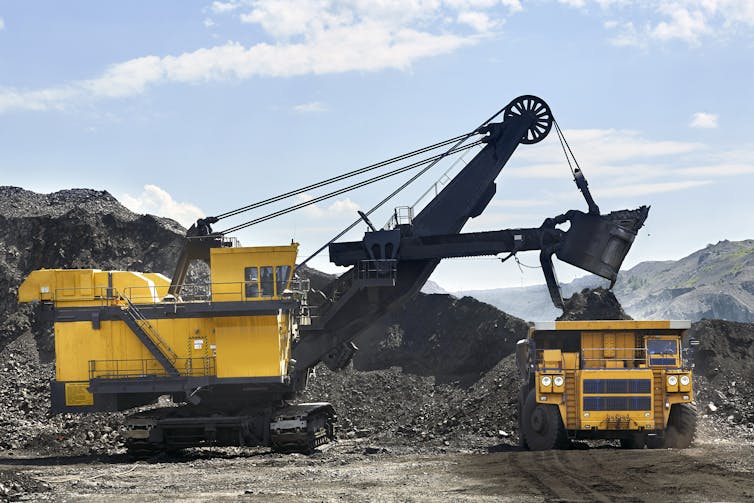Why defusing ‘carbon bombs’ offers a promising new agenda for tackling climate change

A blog by Kjell Kühne, a PhD Candidate in the School of Geography
A carbon bomb is a fossil fuel extraction project, such as a coal mine, that can cause over a gigatonne of CO₂ emissions during its lifetime. That’s a billion tonnes – more than twice the UK’s annual emissions from a single project.
In our latest research, my colleagues and I found that there are 425 of these carbon bombs worldwide. Collectively, they can unleash over 1,000 gigatonnes of CO₂ emissions, which far exceeds the world’s carbon budget for staying below 1.5°C of warming (around 500 gigatonnes in 2017) – the world’s agreed target for limiting climate change.
Even though it is now recognised, even by the conservative International Energy Agency, that no new fossil fuel projects must be built to avert catastrophic climate change, fossil fuel companies are working on setting off dozens of new carbon bombs while raking in record profits off the back of temporarily high fossil fuel prices.
For decades, and thanks to efforts by the US, Saudi Arabia and other countries with entrenched fossil fuel interests, UN climate talks have avoided the obvious solution: halting fossil fuel extraction and use. It seems this taboo was finally broken in Glasgow in November 2021, where phasing down coal burning was mentioned in the officially adopted text of COP26 for the first time. But a credible plan from governments to limit fossil fuel extraction is still missing.
This next vital step in climate policy might become more tractable by framing each new mine or oilfield as a potential carbon bomb. It’s not hard to figure out that if some countries set off their bombs, others won’t be able to, because carbon space in the atmosphere is limited. This simple insight into the physics of climate change has so far been ignored by world leaders.
The carbon bombs concept helps us understand that rich countries like Germany digging lignite or Canada cooking tar sands to extract some of the world’s dirtiest oil takes up carbon space which means Saudi oil and Qatari gas will have to stay in the ground. Roughly 80% of all carbon bombs are concentrated in just 12 countries: China, US, Russia, Saudi Arabia, Australia, Qatar, Canada, Iraq, India, Brazil, Iran and the United Arab Emirates. Any one of these could convene talks on defusing carbon bombs.
Or perhaps another government that has similar projects under its belt, say Germany, Norway, Colombia or the UK, which is poised to increase drilling for gas in the North Sea. A fossil fuel non-proliferation treaty, akin to the cold war nuclear non-proliferation treaty which aimed to halt the spread of nuclear weapons, could bind national commitments in a global agreement.
The fuses not yet lit
When we compiled our list of carbon bombs to understand the global picture of fossil fuel extraction, we learned that 40% of these projects hadn’t started yet. This means that there is still time to scare away investors of new carbon bombs through campaigning and lawsuits.
Because these projects are so huge, they take years to prepare and operate on a timescale of decades – and their breakeven points, where they start generating a profit, invariably lie many years in the future.

Coal is the most carbon-rich fossil fuel. Kemdim/Shutterstock
For the climate movement, these huge, slow-moving targets are a constructive challenge which offer many opportunities for intervention, as recent sanctions against Russia have made clear: some Russian carbon bombs look unlikely to proceed without support from other countries.
Thanks to the interconnectedness of the fossil fuel industry globally, very few carbon bombs can go ahead without any foreign involvement, be it through finance, insurance or equipment manufactured abroad.
While the term “carbon bomb” sounds frightening, it bears great potential for transforming the way people look at the effort to mitigate climate change. The call to “reduce emissions” – a mantra that’s been repeated by governments for the past 30 years – isn’t sparking an emergency response on par with the challenge of the climate crisis. Meanwhile, talking about carbon bombs makes no secret of the fact that global heating kills people, just as bombs do.
Time to get to work. Pick your carbon bomb and help cut the fuse. There are 425 of them smouldering.
This article is republished from The Conversation under a Creative Commons license. Read the original article.
Main image: Nubli Alwi AlFarisi/Shutterstock
